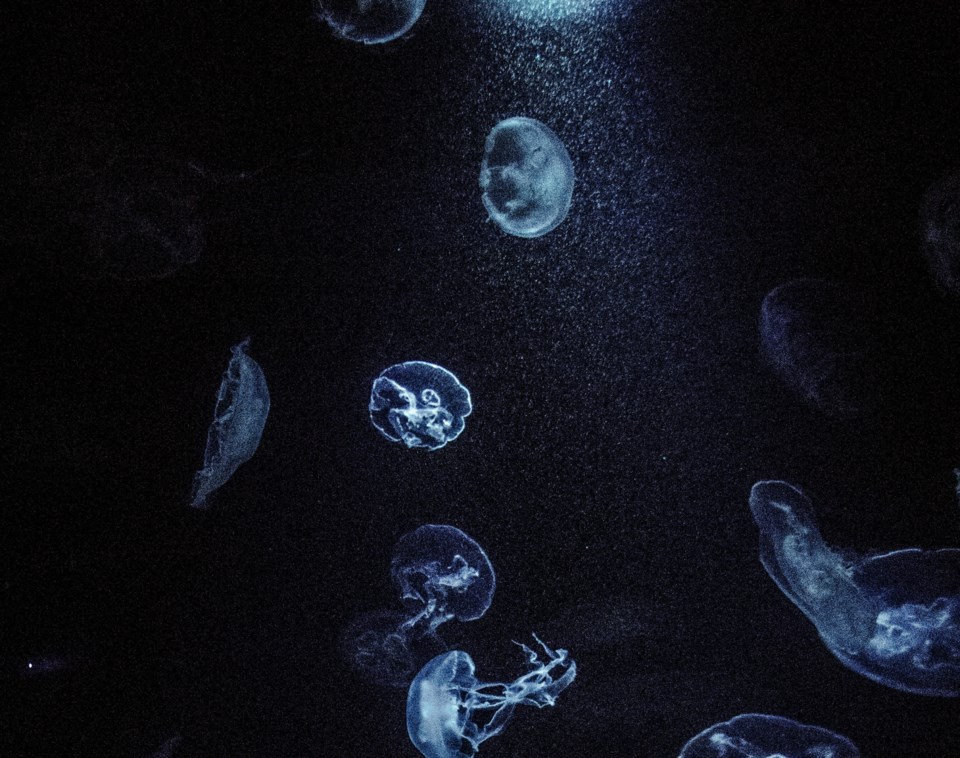New research led by scientists at Germany’s Helmholtz Centre for Ocean Research Kiel outlines the possible effects of deep-sea mining on midwater marine species.
In a paper published in the journal Nature Communications, the experts point out that although mining operations will target seafloor minerals, they will also disturb and pump up fine sediment off the seafloor, generating suspended sediment ‘clouds’ or plumes along the seafloor. Once on the ship, the collected sediment will need to be discharged back into the water column.
The researchers note that since there are currently no regulations at what water depth the sediment should be released, the plumes that are generated can extend for tens to hundreds of kilometres throughout the water column. This means that deep-sea mining would therefore not only affect animal communities on the seafloor but also those in the overlying water column – or midwater.
“The midwater is crucial for the global ocean’s capacity to store carbon, but also its inhabitants are the main food source for many fish, squid, and marine mammal species and therefore resemble a critical link in the marine food web,” Helena Hauss, first co-author of the study, said in a media statement.
“They have evolved under much more stable conditions compared to surface-dwelling animals, under a constant scarcity of food, and are therefore potentially more susceptible to changing conditions in their environment.”
In addition to being used to stable environments, midwater species tend to be fragile, gelatinous and sometimes giant organisms with low metabolic rates, which makes them particularly vulnerable to disturbances.
“We have only scratched the surface when it comes to exploring the midwater and most biodiversity still remains unknown, as well as their function in the ecosystem, and their tolerance to change,” Henk-Jan Hoving, senior author of the paper, said.
The helmet jellyfish
To fill the knowledge gap around the responses of midwater animals to environmental stressors, Hauss, Hoving and their colleagues focused on the helmet jellyfish.
“Since determining ‘stress’ in a jellyfish is not a straightforward process, we investigated their response from multiple angles and combined insights gained from their physiology, gene expression and the microbial symbionts on the jellyfish’s exterior,” Vanessa Stenvers, co-first author of the study, said.
Stenverns mentioned that the strongest visual effect of suspended sediment was the aggregation of sediment particles on the jellyfish after just ~1.5 hours of incubation, to which the jellyfish started to produce excess mucus that slowly sloughed off.
“While mucus helped jellyfish maintain a stable microbiome, continuous mucus production is an energetically costly response and can demand a substantial portion of the total energy budget of an animal,” she noted.
Additionally, jellyfish showed marked expression of genes related to respiration, innate immunity and wound repair in the highest sediment treatments, further signalling stress.
Whether jellyfish can recover after exposure remains the subject of further research, as a comprehensive understanding of ecosystem responses to stressors will take time.
Worse than global warming
The team further emphasized that suspended sediment induced a more severe response in helmet jellyfish than a four-degree rise in seawater temperature. Current climate projections assume that sea temperatures will rise by one degree in the next 84 years, while a rise of four degrees is only predicted in the most extreme global warming scenarios.
The authors are concerned that stressors leading to increased energy expenditure, as they observed for the helmet jellyfish, will have to be met with increased food intake. Since food in the deep sea is generally scarce, this could ultimately lead to starvation.
Although more data from different midwater species are needed to better understand the environmental , the stress response in helmet jellyfish may be representative of other gelatinous animals, which are also abundant in deep-sea ecosystems.
Based on their overall findings, the researchers urge caution concerning deep-sea mining, as many of the deep ocean’s important ecosystem services could be compromised.
“With deep-sea mining possibly starting in the next decade, which has the potential to disturb nearby water column habitats as well as the seafloor, understanding the combined effects of mining and ocean warming is essential,” Andrew K. Sweetman, co-author of the study, said.


